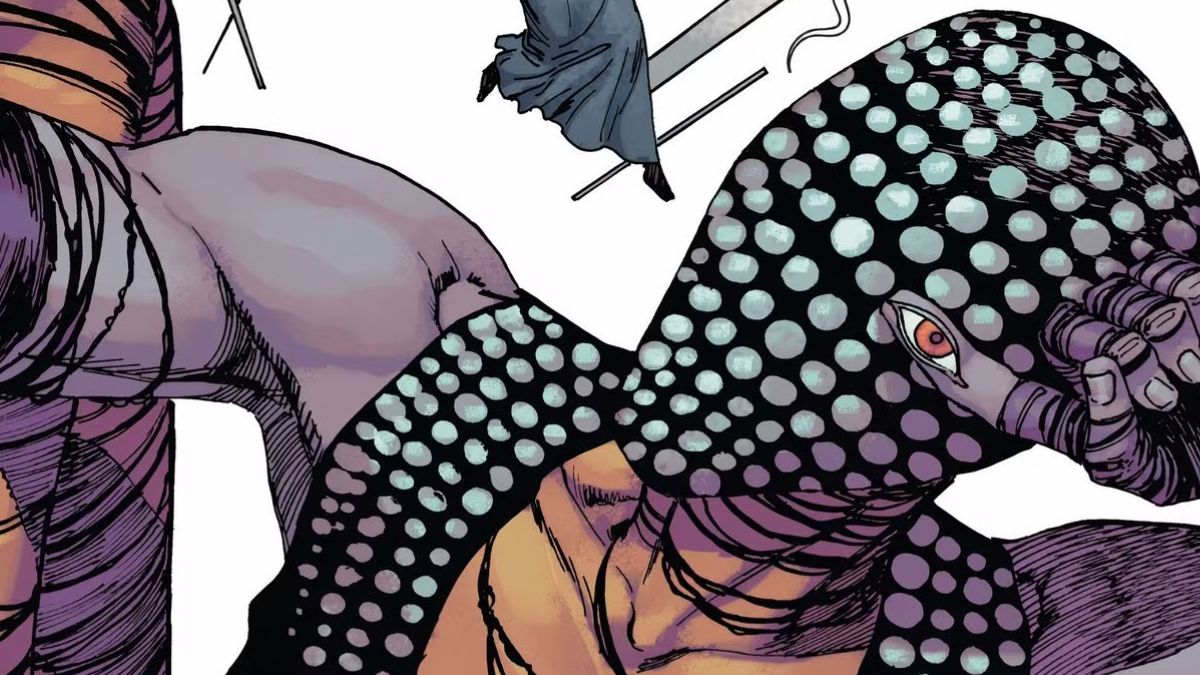The 1970s was a time when DC was desperately trying to shed its squeaky-clean Silver Age image while also staying “relevant” to a rapidly changing world. Marvel had cornered the market on relatable heroes and countercultural cool, so DC tried to follow suit. While the 1970s did give us lasting creations like Ra’s al Ghul and the darker, more introspective tone of Batman, these moments were exceptions rather than the rule.
The company wanted to say something deep about politics, youth, feminism, and social change, but often ended up producing tone-deaf attempts at “hipness.” For much of the decade, DC was caught in a creative identity crisis, struggling to balance its legacy of larger-than-life heroes with the growing demand for grounded, meaningful stories.
5. The Outsider
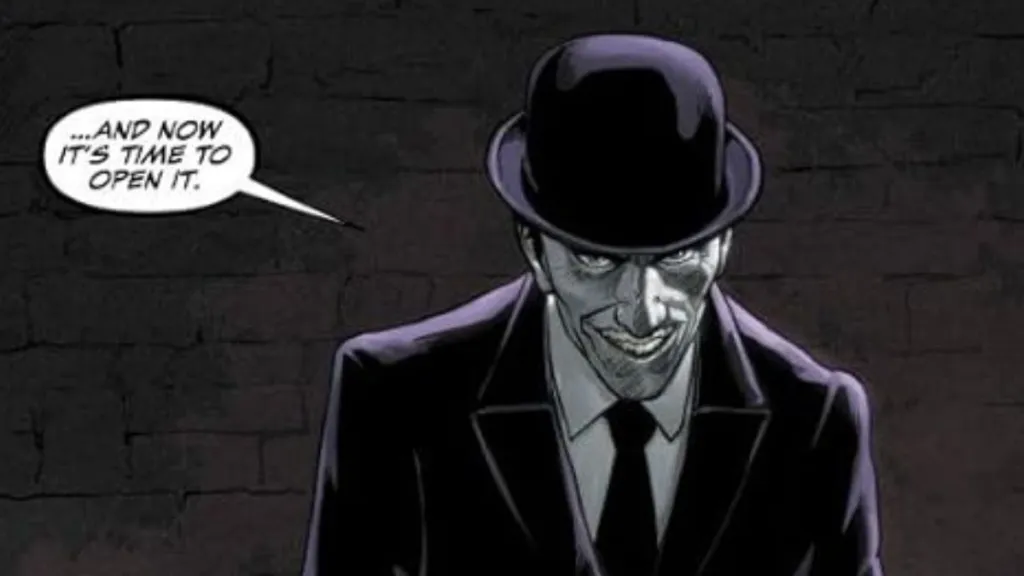
During the Silver and early Bronze Age of comics, DC often dabbled in absurd twists to keep readers hooked. One of the strangest involved Alfred dying to save Batman and Robin, only to be resurrected in 1964 (Detective Comics #328) as “The Outsider,” a pale, mutated villain with telekinetic powers, bent on vengeance against the Dynamic Duo. While the storyline technically began in the ‘60s, it lingered into the ’70s as part of Batman’s increasingly weird rogues’ gallery.
And let me say it — this character has not aged well. The concept of Alfred as “The Outsider” feels like a tonal whiplash. Alfred Pennyworth is one of DC’s most beloved and enduring characters. Thankfully, DC eventually retconned the concept, bringing Alfred back to his proper role as Bruce Wayne’s confidant and moral compass. But the fact that this storyline happened at all is a reminder of how wild — and sometimes misguided — comic book storytelling could be in the ’70s.
4. Lady Cop

Lady Cop — real name Liza Warner — first appeared in 1st Issue Special #4 in 1975, created by Robert Kanigher and John Rosenberger. Her origin was heavy-handed but simple: after witnessing her roommates’ murder, Liza memorizes the killer’s shoes (yes, the shoes) and joins the police force to bring him to justice. The problem with Lady Cop isn’t that the concept is inherently bad — it’s that it was plagued by lazy execution and outdated stereotypes.
Liza Warner is portrayed as little more than a caricature of what male writers in the ’70s thought a “strong” female protagonist should be. While she does show courage and determination, her stories lean heavily on her gender in the most patronizing ways. She’s constantly objectified or reduced to dealing with “woman-specific” issues, like fending off unwanted advances, navigating sexist colleagues, or giving a lecture about venereal disease (seriously). Instead of being a fully realized character, she feels more like a vehicle for ham-fisted morality tales and shallow attempts at “progressive” storytelling.
3. The Ten-Eyed Man
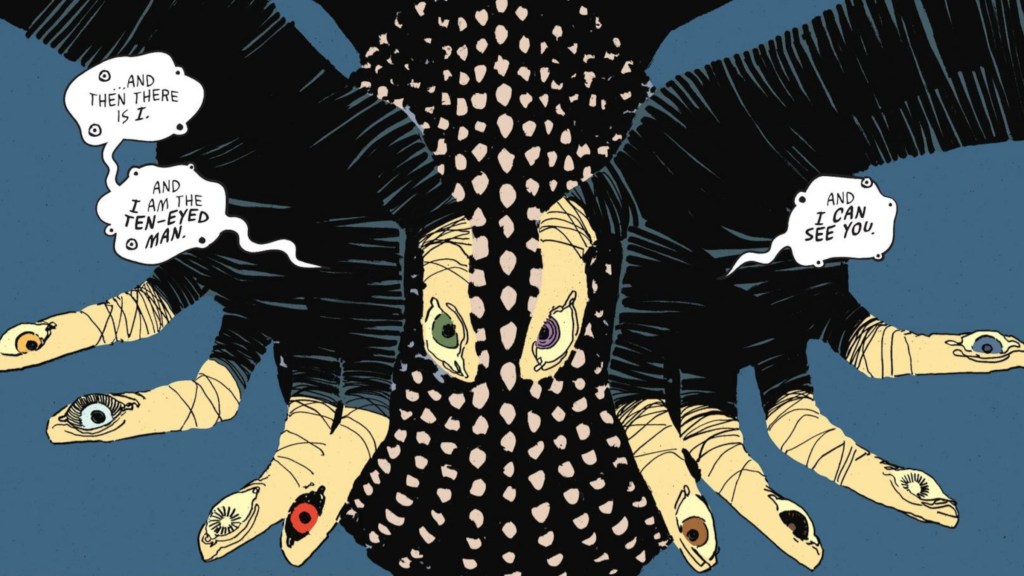 Image Courtesy of DC Comics
Image Courtesy of DC Comics
Some comic book villains are terrifying because of their powers; others because of their sheer absurdity. The Ten-Eyed Man falls firmly into the latter category. The Ten-Eyed Man, aka Philip Reardon, debuted in Batman #226 (1970). His origin story is as convoluted as his powers are ridiculous. Reardon, a Vietnam War veteran turned security guard, is blinded during a warehouse explosion caused by Batman’s intervention. After a questionable surgery, doctors connect his optic nerves to his fingertips, giving him the ability to “see” through them.
Naturally, instead of using this bizarre new gift to rebuild his life, he becomes a criminal and swears vengeance on Batman. Perhaps the cringiest aspect of the Ten-Eyed Man is how seriously the comics tried to sell him as a threat. Batman — the world’s greatest detective and a martial arts master — was genuinely challenged by a guy whose power could be nullified with a pair of mittens. It’s hard to suspend disbelief when the villain’s entire shtick is so absurd. Even by the campy standards of the Bronze Age, the Ten-Eyed Man was a stretch. Unsurprisingly, the character didn’t last long. After a handful of appearances, he was killed off in Crisis on Infinite Earths, and DC largely abandoned him as a joke.
2. Brother Power
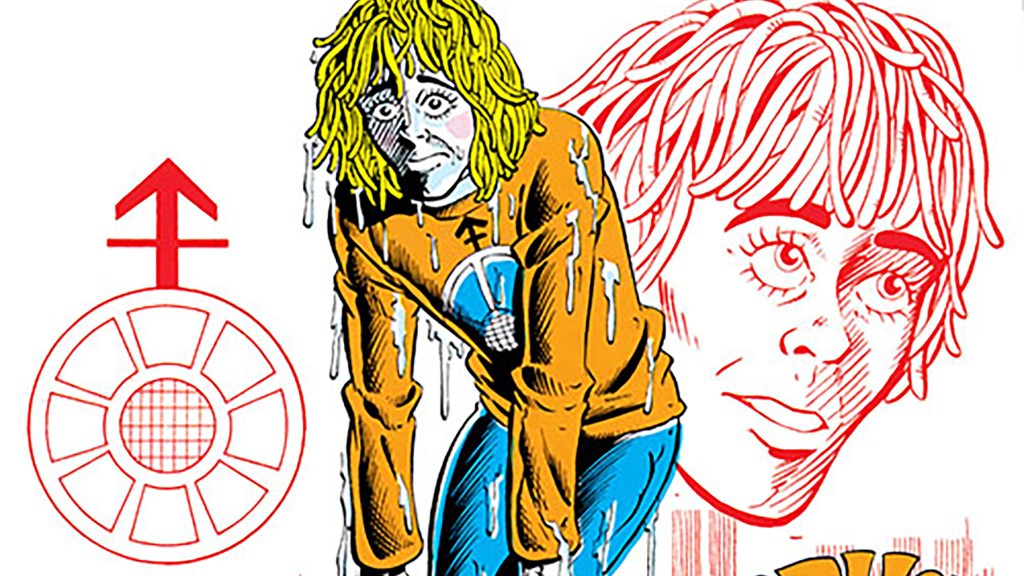
Brother Power, the so-called Geek, first appeared in Brother Power the Geek #1 (1968), created by Joe Simon, the co-creator of Captain America. A discarded mannequin struck by lightning, Brother Power is brought to life and becomes a superpowered hippie messiah for the counterculture movement. Wearing the torn clothes of protestors and preaching about freedom and peace, Brother Power roamed America trying to fight “the establishment,” often in painfully tone-deaf ways.
While technically created in the late ‘60s, his brief, two-issue run lingered in public consciousness into the early ‘70s. What makes Brother Power especially cringe-worthy today is how painfully forced the concept feels. DC was clearly trying to tap into the cultural zeitgeist of the late ‘60s and early ‘70s, but comics are at their best when they reflect social movements naturally, not when they awkwardly try to pander to them. The hippies they were trying to connect with likely weren’t interested in reading about a mannequin messiah, and anyone outside the movement couldn’t relate to the character at all. It’s no wonder the series was canceled after just two issues.
1. Prez Rickard
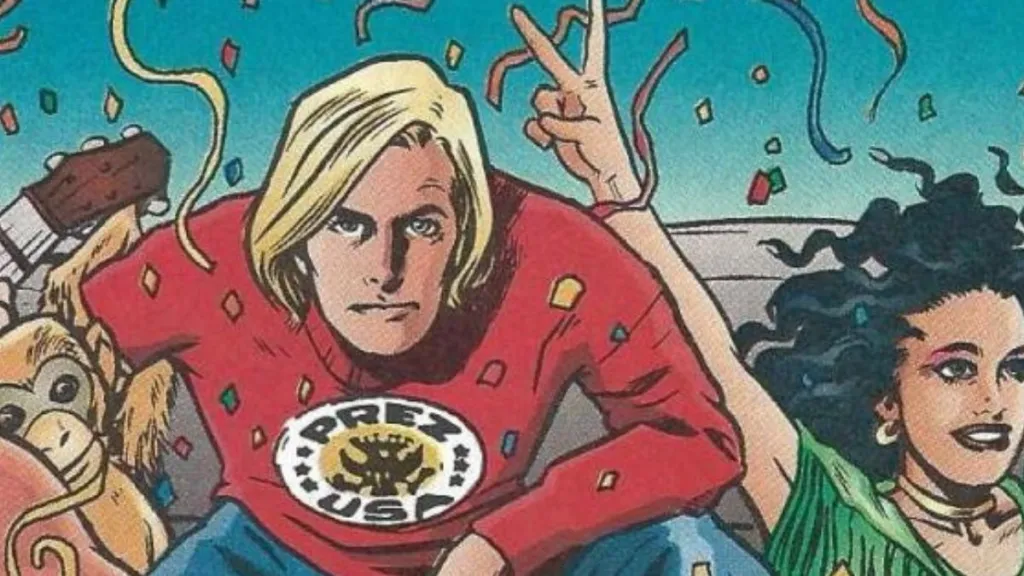
Prez Rickard debuted in Prez: The First Teen President #1 (1973) by Joe Simon (of Captain America fame). The premise was simple: in a future where voting laws were changed, allowing teenagers to run for office, an idealistic young man named Prez Rickard becomes the youngest President of the United States. Armed with good intentions and a crew of eccentric allies, he tackles everything from political corruption to… well, werewolves. Yes, werewolves. The series only lasted four issues. Prez was clearly DC’s attempt to tap into the youthful, countercultural energy of the early ‘70s, but it completely missed the mark.
The series tried to be topical, but instead of reflecting real issues, it veered into nonsensical territory. The dialogue is riddled with cringe-inducing attempts to sound “hip” and appeal to teenagers, but it reads like what middle-aged creators thought young people would find cool. As a result, Prez felt more patronizing than progressive, and the character failed to connect with his intended audience. Another reason Prez hasn’t aged well is that the tone of the comic is wildly inconsistent. It’s not quite satire, not quite comedy, and not quite serious drama.
What do you think? Let us know in the comments!

